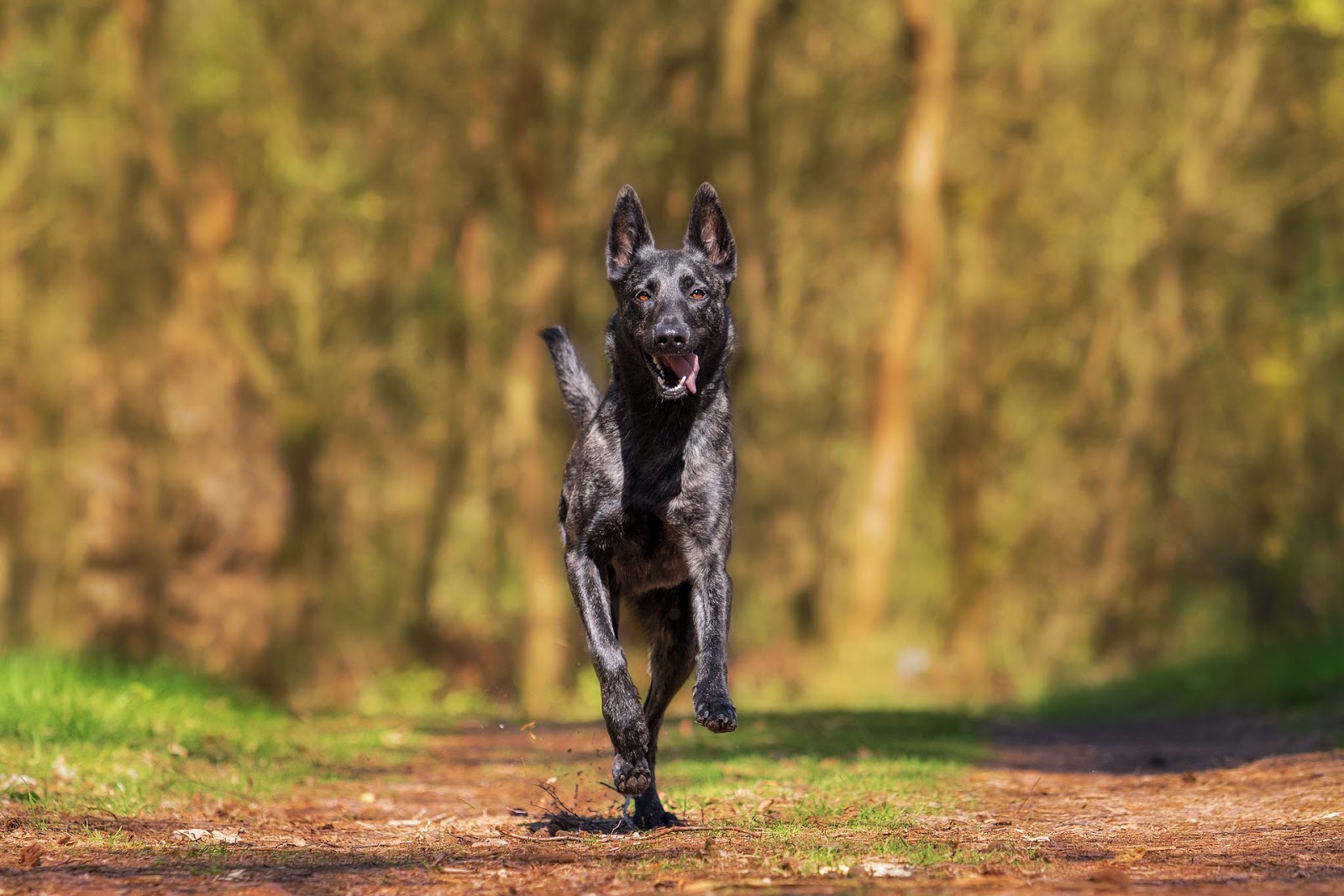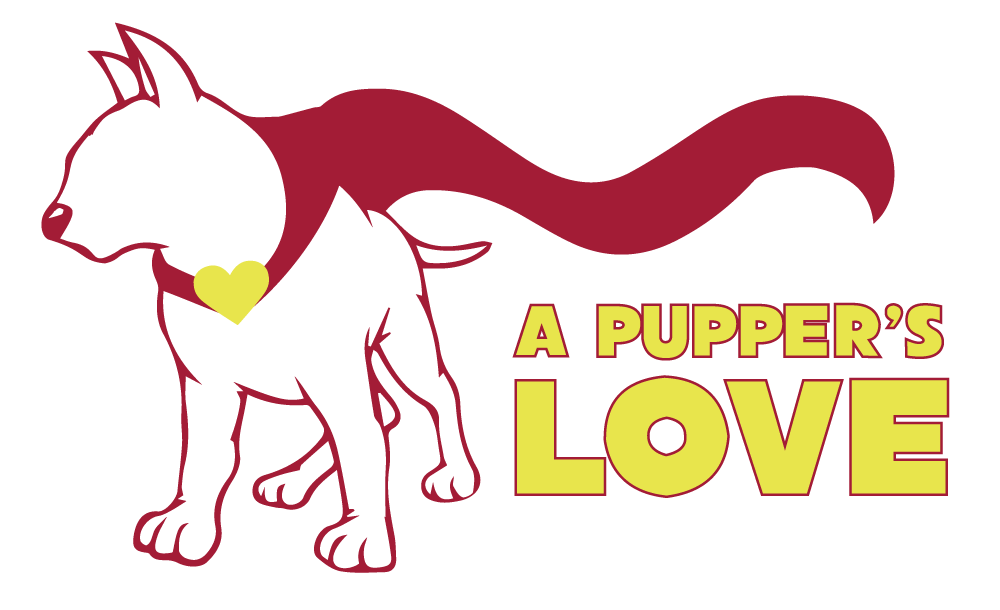
Perhaps you set a goal at the beginning of the year to get back in shape or start exercising regularly. Although your dog can’t vocally express a resolution, it is important for your four-legged companion to get exercise too. Exercise keeps your dog healthy and serves as a great way for you both to get active and moving together.
Benefits of Exercise
Exercising your dog not only gets them moving, but prevents life-threatening conditions such as obesity, which contributes to your dog’s risk of developing diabetes, respiratory disease, and heart disease. Obesity causes strain on joints, ligaments, and tendons too. A lack of exercise also intensifies the symptoms of orthopedic conditions such as arthritis and hip dysplasia. Don’t forget that just like you, dogs can get bored too, which may lead to unwanted and destructive behaviors such as excessive barking, digging, escaping, and aggression. If you dog isn’t able to work off their built up energy through regular exercise, they might begin to entertain themselves with a stress-relieving behavior such as chewing, which may come at a high cost to you, especially if your dog stays indoors.
How Much Exercise Does My Dog Need?
To address the question of how much your dog should be exercising, you must first take into account their breed and age. What would physically exhaust a small corgi wouldn’t even touch a border collie, and an enthusiastic Labrador retriever will require a little more exercise than a toy breed. It is important that you understand your dog’s breed, and the limitations that come with it to prevent putting your dog at risk. For example, short-nosed breeds shouldn’t engage in strenuous exercise, such as joining you on your morning run, as it will make it difficult for them to breathe. Narrow-bodied breeds such as German shepherds and Great Danes shouldn’t engage in exercise right after eating, as they are prone to bloating as well as ligament injuries from sustained exercise such as jogging. Learn the important facts about your dog, and understand their limitations.
It is crucial to take into account your dog’s age when deciding on an exercise regimen too. Puppies often get a case of the “zoomies” several times a day, which is easily identified as the sudden bursts of energy they get as they zoom around the house. In general, puppies have more energy than adult or senior dogs, and will require more exercise. However, the exercise should be in short bursts such as a quick walk or play session, as a long, strenuous workout may be too hard on their developing body. Adult dogs have the most options when it comes to workouts, as they can leap to catch a Frisbee, swim, or even join you on a hike. A high-energy breed will require more exercise than a low-energy breed, and exercise can last a little bit longer than that of a puppy. As for senior dogs, they may not be as active and energetic as they once were, and exercising may be physically difficult. Talk with your vet about the best course of action to make sure you aren’t causing more harm than good.
If your favorite activity together is hunting, then you already know how important it is to keep your dog in top physical form. This means year-round conditioning, which includes running, retrieving, jogging, and swimming. The weather will determine how long and how far you can push your dog, and it’s best to use common sense when taking them out in extreme temperatures. Of course, not every day needs to be a full-on workout, so be sure to include general obedience and walks to keep things interesting and help your dog stay fit and ready for the hunt.
Get Moving
Getting in a workout with your dog can be done just about anywhere that the two of you enjoy going. If you start by walking your dog in your neighborhood, you will find that they get to know your neighborhood, and will enjoy checking out their favorite spots. Dog parks are a great place for off-leash exercise such as running or chasing a ball, as well as socializing with other dogs. However, keep in mind that if your dog doesn’t get along too well with other dogs, the dog park isn’t going to be the best place to frequent. You should instead stick to activities that don’t involve other dogs. During the hotter months, bring your dog along with you for a swim. Dogs are natural swimmers, but if you are concerned about their safety, you can purchase a special life jacket for your pooch to wear. If colder days or bad weather keep you indoors, engage your dog in a game of tug of war or hide and seek, with the winner getting a treat.
Your dog needs exercise just as much as you do to keep them healthy. Include them in your quest to lead an active lifestyle by going on regular walks and runs, visiting the dog park, or playing games. You both will benefit, and have fun while you do it.
